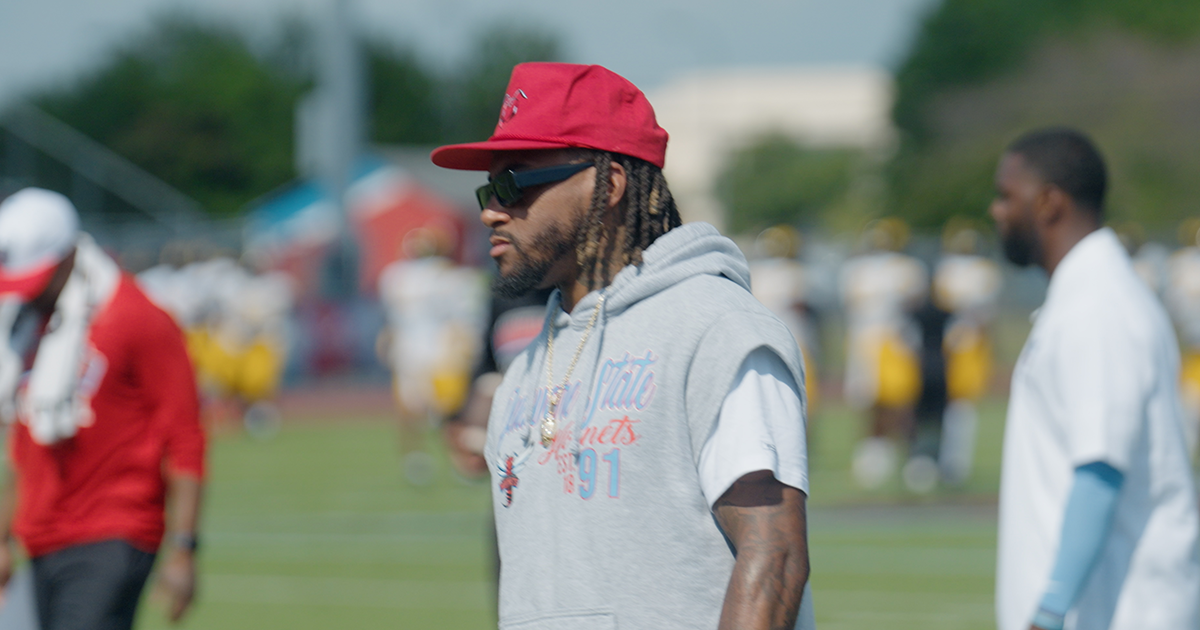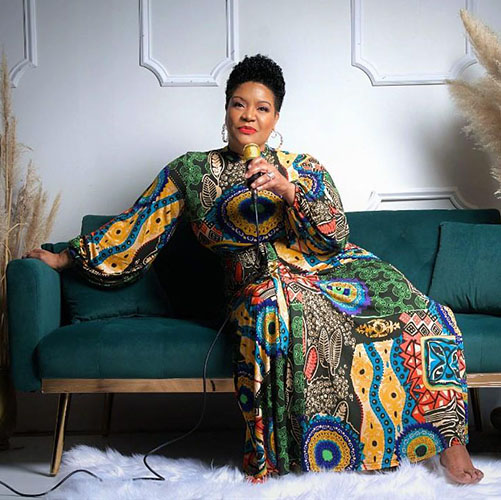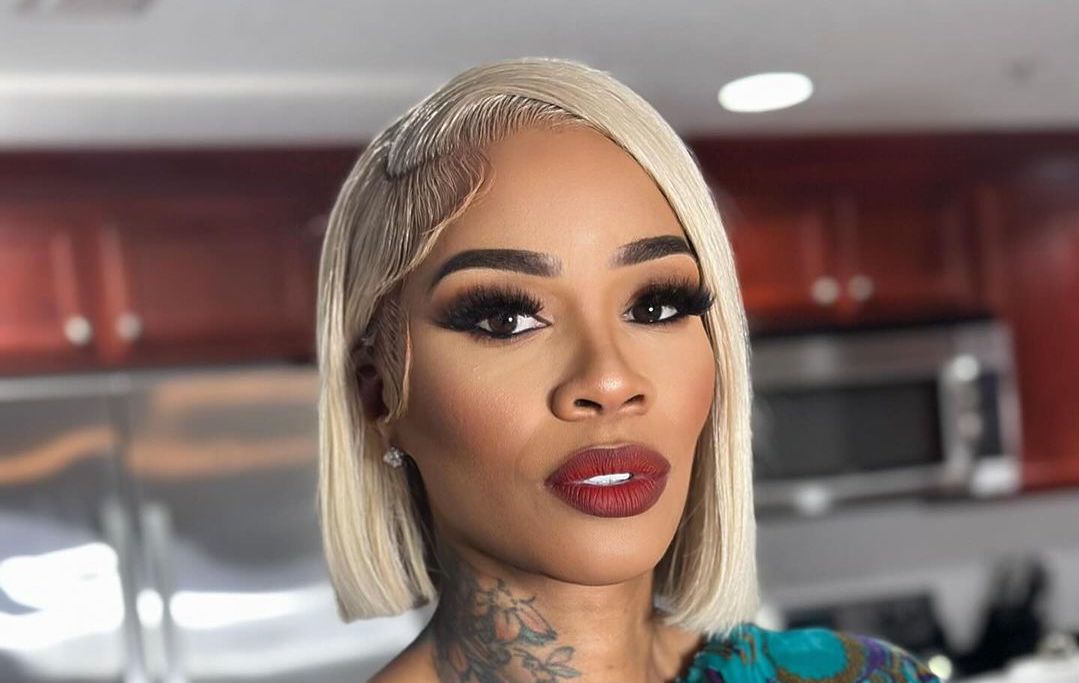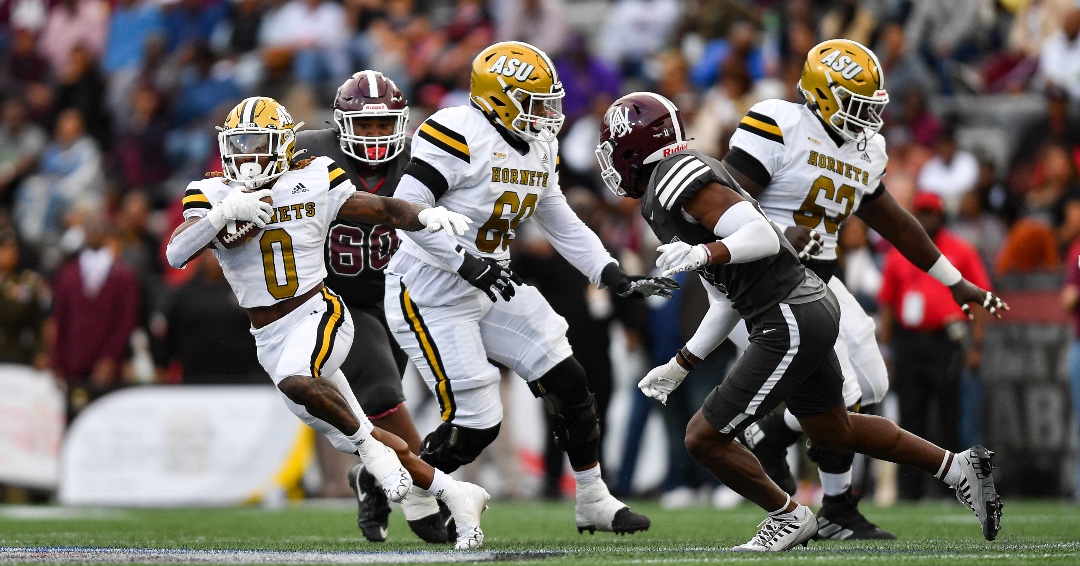Traditionally Black Faculties and Universities have been pivotal in offering instructional alternatives for Black Individuals since their inception over 150 years in the past. A latest Pew Analysis Heart report highlights a major shift in enrollment patterns, which has implications for the way forward for HBCUs.
As of fall 2022, there have been 99 HBCUs throughout the US, collectively enrolling 290,000 college students, based on information from the Nationwide Heart for Training Statistics. This determine represents a 30% improve from 1976 when enrollment was simply over 222,000. Enrollment peaked in 2010 at over 326,000 college students, reflecting broader traits in U.S. greater schooling that noticed complete school enrollment soar throughout the identical interval. Whereas general school enrollment elevated from about 11 million in 1976 to over 21 million in 2010, numbers have since receded, with roughly 18.6 million college students enrolled in schools as of 2022.
A Demographic Shakeup
Regardless of the expansion in general enrollment figures at HBCUs, the demographic make-up of their pupil our bodies has modified markedly. Between 1976 and 2022, the share of Black college students attending HBCUs elevated by 15%, considerably decrease than the 117% rise in college students of different racial and ethnic backgrounds who selected these establishments. Consequently, the proportion of Black HBCU college students has declined from 85% in 1976 to 76% in 2022.
This development mirrors broader demographic shifts in greater schooling. In any respect schools and universities nationwide, Black pupil enrollment elevated by 125% throughout the identical interval, indicating that whereas HBCUs stay essential for a lot of, extra Black college students are discovering alternatives elsewhere. Even so, HBCUs accounted for 16% of the bachelor’s levels earned by Black school college students within the 2021-22 tutorial 12 months.
A Difficult Shift for HBCUs
The decline within the proportion of Black college students attending HBCUs displays a broader context of desegregation and evolving monetary landscapes that present extra choices for Black Individuals searching for greater schooling. Current Supreme Courtroom rulings might additional complicate admissions insurance policies, probably impacting enrollment patterns at HBCUs.
Moreover, many HBCUs face vital monetary hurdles. In accordance with a 2023 evaluation, Black land-grant establishments have traditionally acquired considerably much less state funding than their counterparts since 1987, resulting in useful resource disparities that would have an effect on their long-term sustainability.
In abstract, whereas HBCUs proceed to be very important in educating Black college students, shifting demographics and funding disparities current ongoing challenges. As these historic establishments navigate modifications within the greater schooling panorama, their position in fostering tutorial excellence and group help stays essential.














